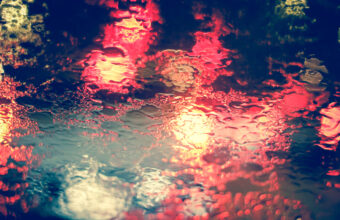A 20% tint percentage means that only 20% of visible light is allowed to pass through the tinted windows, while the remaining 80% is blocked. Whether 20% tint is too dark for your needs depends on various factors, including your personal preferences, local regulations, and the specific application of the tint.
Here are some considerations to help you determine if 20% tint is too dark…
- Visibility – 20% tint significantly reduces visibility from both inside and outside the vehicle or building. While it provides privacy and glare reduction, it may also limit your ability to see clearly, especially at night or in low-light conditions.
- Legal Restrictions – Some regions have regulations or restrictions on the maximum allowable tint darkness for vehicles and buildings. It’s essential to check local laws and regulations to ensure that your chosen tint percentage complies with legal requirements.
- Daytime vs. Nighttime Visibility – While 20% tint can provide privacy and reduce glare during the day, it may impair visibility at night, particularly if the windows are not adequately illuminated by streetlights or other sources of ambient light.
- Interior Lighting – Consider how 20% tint will affect the interior lighting of your vehicle or building. Darker tint percentages can make the interior appear darker, which may be desirable for some applications but may also require additional interior lighting to compensate for reduced natural light.
- Heat Rejection – Darker tint percentages typically provide better heat rejection and UV protection compared to lighter tints. If heat reduction is a priority for you, 20% tint may be suitable, especially in hot and sunny climates.
Whether 20% tint is too dark depends on your specific needs, preferences, and local regulations. It’s essential to consider these factors carefully and consult with a reputable tinting professional who can provide expert advice and guidance tailored to your situation. Some tint installers offer samples or demonstrations of different tint percentages, allowing you to visually compare the effects before making a decision.






